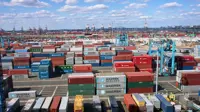US, Canadian researchers awarded Physics Nobel for laying foundation for machine learning
09 Oct 2024
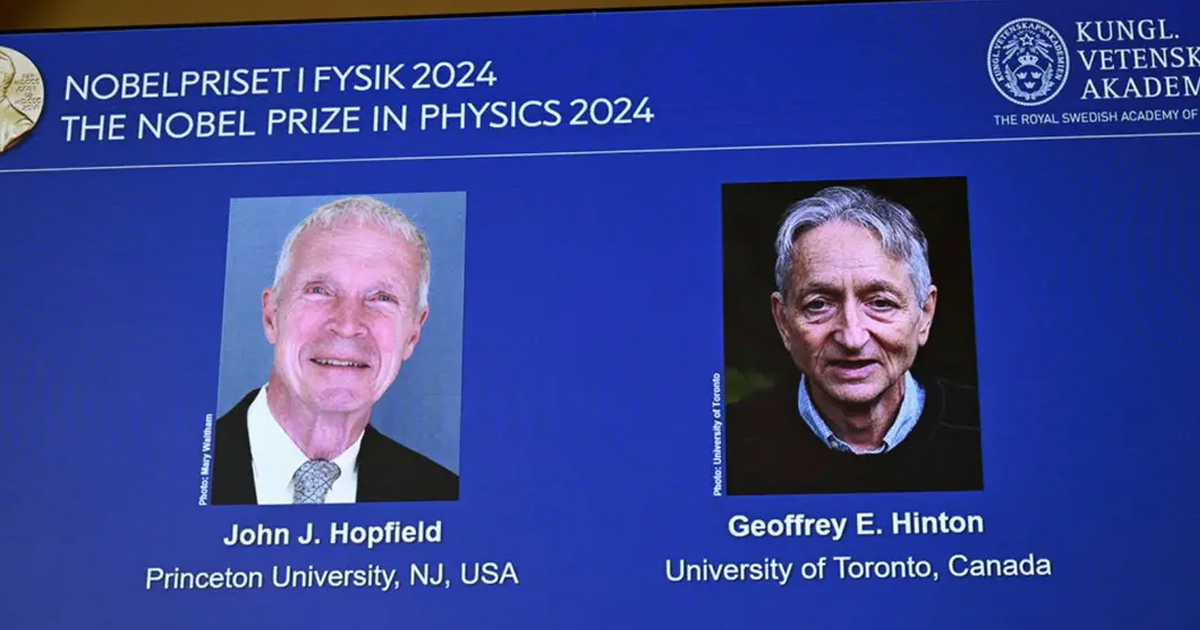
John J Hopfield of Princeton University, New Jersey, USA and Geoffrey E Hinton from University of Toronto, Canada are the winners of the 2024 Nobel Prize for Physics.
The Royal Swedish Academy of Sciences decided to honour the duo with the Nobel Prize in Physics 2024, for what it said, “foundational discoveries and inventions that enable machine learning with artificial neural networks.”
The two Nobel Laurates will share the prize amount of 11 million Swedish kronor ($1.07 million) equally, the Nobel Prize Committee stated.
Hopfield and Hinton used principles of physics to create artificial neural networks, laying the foundation for today’s machine learning.
John Hopfield perfected an associative memory or Content Addressable Memory (CAM) that can store and reconstruct images and patterns in data.
Geoffrey Hinton, on the other hand, developed a method to autonomously identify properties in data such as identifying specific elements in images.
This technology was developed on the pattern of the functioning of the human brain, with nodes representing an artificial neural network like the brain’s neurons. These nodes when connected to each other influence each other through weak or strong impulses.
Hopfield’s neural network uses a method for saving and recreating patterns. It utilises the principle in physics that assigns characteristics to a material due to its atomic spin. The whole network is considered as equivalent to the energy in the spin system, and is trained by finding values for the connections between the nodes.
When a distorted or incomplete image is fed into the network, it works through the nodes and updates their values. With a fall in energy level, the network works stepwise to find the saved image that would be like the original one it was fed with.
Hinton used the Hopfield network as the basis of another network that used a different method called the Boltzmann machine that is able to recognise characteristics of a given data. Hinton used statistical tools built from many similar components. The machine is trained to classify images by feeding it examples that are very likely to arise. Hinton has made further refinements to to this, facilitating the development of machine learning.
John J Hopfield was born in Chicago, Illinois, USA, in 1933. He secured a PhD from Cornell University in Ithaca, New York, USA in 1958, and became a professor at Princeton University, New Jersey, USA.
Geoffrey E Hinton was born in London, UK in 1947. He secured a PhD 1978 from the University of Edinburgh, UK in 1978 and became a professor at University of Toronto, Canada.




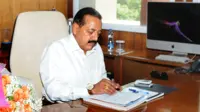
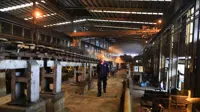

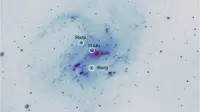

.webp)
